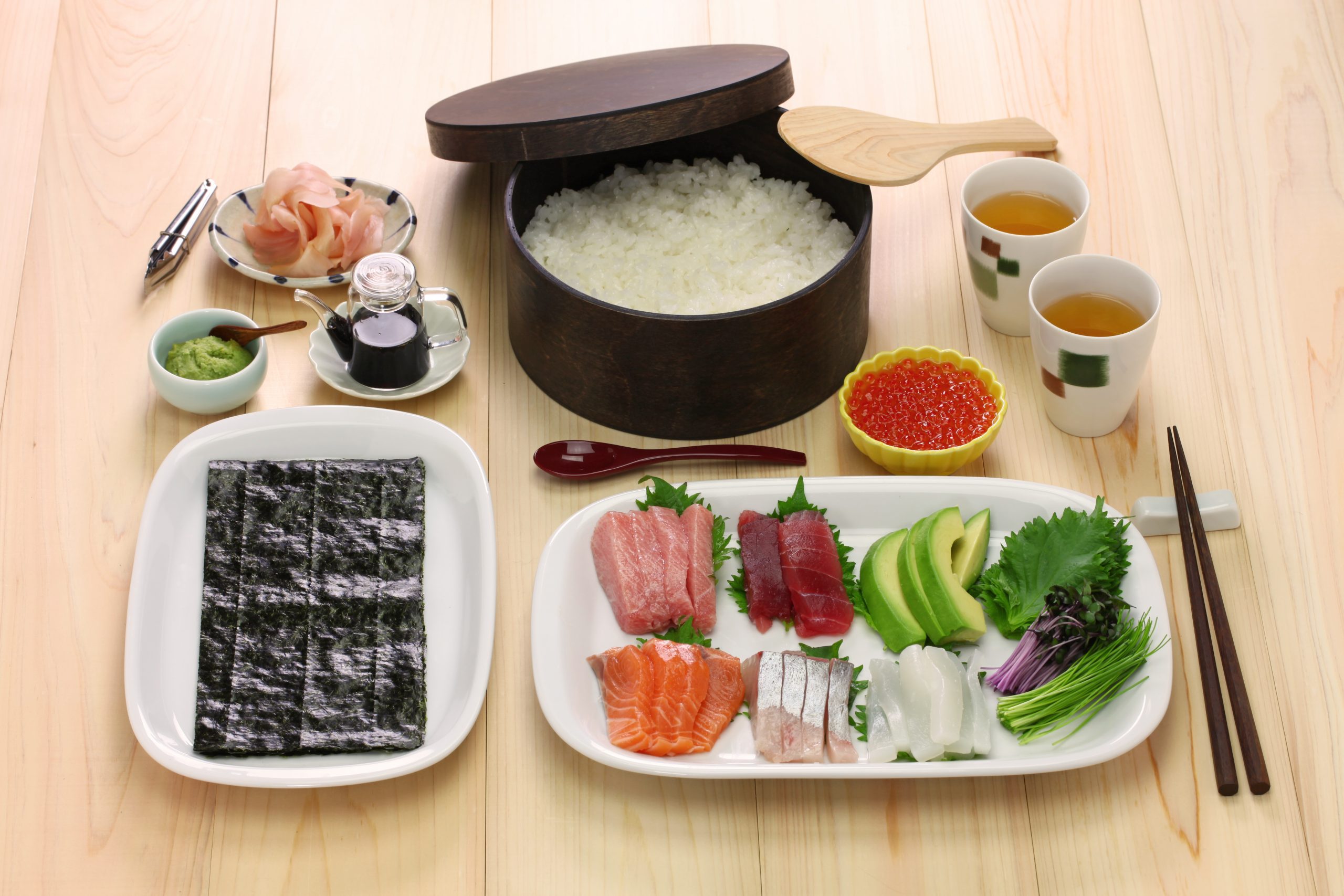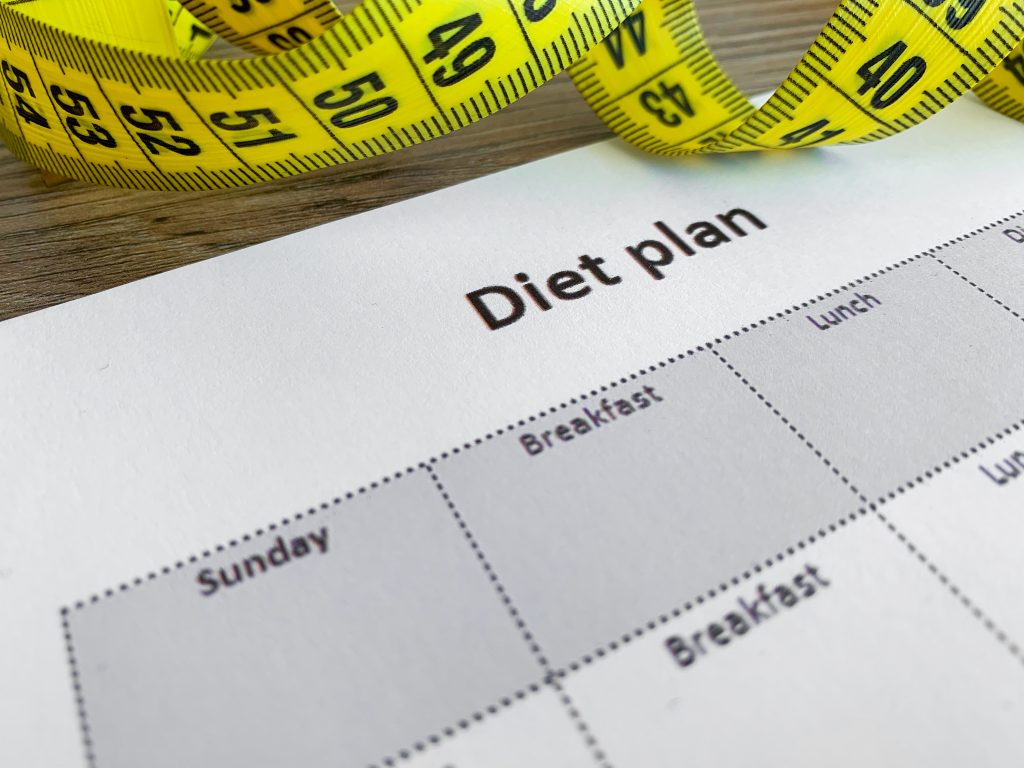Japanese Diet Plan: The Best Way To Lose 1 to 2 Pounds Every Week
All Articles, Specialty Diets
The Japanese diet plan is well-known for its lack of complexity, its ability to strike a balance between different foods, and its success in promoting health and longevity. This eating plan emphasizes using fresh, seasonal items, consuming minimally processed foods, and eating a wide variety of foods that are high in nutrients. Including Japanese diet dishes into your daily schedule can help you reach your weight loss targets and enjoy great meals. This article will examine the fundamentals of the Japanese diet, offer meal plans that are easy to follow, and compare the Japanese diet to other popular diets such as the Mediterranean diet.
Table of Contents
- Understanding the Japanese Diet Plan
- Benefits of the Japanese Diet for Weight Loss
- Creating a Japanese Diet Meal Plan
- Important Note on the Japanese Diet Plan
- Comparing the Mediterranean Diet vs the Japanese Diet
- Practical Japanese Diet Meal Plans
- Frequently Asked Questions about the Japanese Diet
- Conclusion
- References
Understanding the Japanese Diet Plan
Fish, vegetables, rice, soy products, and green tea are just a few of the things the Japanese diet plan emphasizes. Those trying to reduce weight and enhance their general health would find great value in this diet since it is low in calories yet high in nutrients.
Key Elements of the Japanese Diet
There are various major components that contribute to the health benefits of the Japanese diet, and these include the following:
- Fish and Seafood: Rich in omega-3 fatty acids, fish and seafood are staples in the Japanese diet. They help reduce inflammation and support heart health.
- Vegetables: A variety of vegetables, often fermented or pickled, provide essential vitamins, minerals, and probiotics.
- Rice: Rice is a fundamental part of Japanese meals, serving as a primary carbohydrate source.
- Soy Products: Foods like tofu, miso, and edamame are excellent protein sources and offer numerous health benefits.
- Green Tea: High in antioxidants, green tea is consumed regularly and contributes to overall wellness.
Does the Japanese Diet Work for Weight Loss?
The Japanese diet for weight loss is extremely effective because it emphasizes eating foods in their natural, unprocessed state and maintaining a balanced diet. The approach of the diet, which is low in calories but high in nutrients, helps to establish a caloric deficit, which is necessary for weight loss. Further support for long-term weight management is provided by the emphasis placed on mindful eating and controlling portion sizes.
Benefits of the Japanese Diet for Weight Loss
Encourages Longevity and Health
The Japanese diet is generally associated with a longer lifespan, which is one of the most noteworthy advantages of this diet. The nutrient-dense foods in the diet and their balanced composition help to maintain general health and lower the risk of chronic diseases.
Promotes Sustainable Weight Loss
The Japanese diet plan for weight loss is not a fad diet; rather, it encourages eating patterns that are both sustainable and nutritious. In order to guarantee that meals are both satiating and healthful, the emphasis is placed on using fresh, seasonal products and little to no preparation.
List of Japanese Diet Recipes
You can integrate the following meals, which are popular among those following the Japanese diet, into your meal plan:
- Sushi Rolls: Sushi rolls are low in calories and high in nutrients since they are made with fresh fish, veggies, and seaweed.
- Miso Soup: Tofu, miso paste, seaweed, and green onions are the ingredients that go into making miso soup, which is a soothing soup.
- Teriyaki Salmon: Teriyaki Salmon is a dish consisting of grilled salmon that has been coated with a flavorful teriyaki sauce and served with veggies that have been steamed.
- Edamame: Edamame is soybeans that have been steamed and then dusted with sea salt. They are delightful as a snack or as a side dish.
- Green Tea: Green tea, which may be consumed either hot or cold, is a beverage that is both refreshing and rich in antioxidants.
Creating a Japanese Diet Meal Plan

Japanese Diet Breakfast
- Miso Soup: To begin your day, I recommend starting with a cup of miso soup, which is not only beneficial to digestion but also contains necessary nutrients.
- Rice and Grilled Fish: A traditional Japanese breakfast often consists of a small portion of rice and grilled fish, which provides a balanced combination of carbohydrates and proteins.
Japanese Diet Lunch
- Sushi Rolls: Choose sushi rolls made with lean seafood and plenty of vegetables.
- Vegetable Stir-Fry: A dish consisting of a variety of colorful vegetables stir-fried with tofu or chicken in a light soy sauce.
Japanese Diet Dinner Recipes
- Teriyaki Chicken: Marinated and grilled chicken served with a side of steamed broccoli and rice.
- Soba Noodles: Buckwheat noodles are served in a light broth with vegetables and a protein source like tofu or shrimp.
Snacks and Drinks
- Edamame: Mildly salted, steam-cooked soybeans.
- Green Tea: A cup of green tea is a low-calorie and nutritious beverage.
Important Note on the Japanese Diet Plan
The Japanese diet is good for many people; nevertheless, it is vital to customize it to your own requirements in order to reap its full benefits. If you have any underlying medical conditions, it is important to consult with a healthcare provider or a nutritionist to ensure that the diet is suitable for your health profile. You can improve your chances of achieving the best outcomes by tailoring the weight reduction strategy to the Japanese diet plan.
Mediterranean Diet vs Japanese Diet
Diets inspired by the Japanese and the Mediterranean are well-known for their ability to promote health and support weight loss. They do, however, differ and still have certain similarities.
Similarities
Both of these diets place an emphasis on complete, unprocessed foods and include a substantial amount of fish, vegetables, and fruits. The health of the heart and the maintenance of a healthy weight are both promoted by them.
Differences
- Fats: The Mediterranean diet includes more healthy fats from olive oil and nuts, while the Japanese diet focuses on low-fat foods.
- Grains: The Mediterranean diet includes a variety of whole grains, whereas the Japanese diet primarily uses rice.
- Dairy: The Mediterranean diet includes moderate amounts of dairy, while the Japanese diet uses minimal dairy products.
Which is Better for Weight Loss?
The decision between the Japanese diet and the Mediterranean diet should be made based on personal preferences and the objectives that you have for your health. While both diets can help with weight loss and general health improvement, the Japanese diet’s emphasis on low-fat meals and portion management may give an advantage to people trying to cut calorie intake.
Practical Japanese Diet Meal Plans
Building a meal plan that is in line with the Japanese diet weight reduction plan can assist you in maintaining your progress while allowing you to indulge in a wide range of delectable meals. To get you started, here are some sample meal plans for you to consider:
Breakfast
- Miso soup is a classic way to begin the day, as it keeps you warm and provides you with necessary nutrients.
- Grilled fish and rice combine to provide steady energy from protein and carbohydrates.
Lunch
- Fresh and healthy, sushi rolls are perfect for a light and filling lunch.
- Packed with minerals and vitamins, vegetable stir-fry goes well with tofu or chicken.
Dinner
- The Teriyaki Chicken is a flavorful and nutritious dish that is served with rice and veggies that have been cooked.
- Light and reviving, soba noodles go great with veggies and a dose of protein.
Snacks
- Edamame: A nutritious and filling snack choice.
- Green Tea: Refreshing and high in antioxidants, ideal for any time of day.
Frequently Asked Questions about the Japanese Diet
Is the Japanese Diet Good for Weight Loss?
Indeed, the Japanese diet’s emphasis on full, unprocessed foods and balanced nutrition helps one lose weight. Creating a calorie deficit, which is necessary for weight loss, is made easier by the diet’s emphasis on food that is low in fat and portion management.
Can the Japanese Diet Plan Help with Weight Loss?
For those looking to lose weight, the Japanese diet plan is an extremely successful method. Its approach, which is low in calories and high in nutrients, encourages long-term weight loss and improves general health.
What is the Average Weight Loss on the Japanese Diet?
Although the Japanese diet plan has different average weight loss, many people claim to lose one to two pounds every week. This constant rate of weight loss is considered to be healthy and can be maintained over time.
Are There Any Specific Japanese Diet Recipes for Weight Loss?
Indeed, a lot of Japanese diet plans especially meant for weight loss exist. Sushi rolls, miso soup, teriyaki salmon, and other dishes are included in this category.
Conclusion
In order to achieve your weight loss objectives in a way that is both thorough and lasting, the Japanese diet plan is an excellent option. The Japanese diet can assist you in achieving your weight loss goals and improving your overall health by emphasizing controlling portion sizes and consuming foods that are high in nutrients yet low in calories. This book offers all the information you need to start whether your goal is a complete Japanese diet meal plan or you’re interested in attempting Japanese diet dishes. Accept the Japanese diet now and start toward a better, happier self.
References
- Japanese Diet Plan for Weight Loss – National Institutes of Health
- Journal of Nutritional Science – Japanese Diet Study
- The Japanese Diet Weight Loss Solution Book – PDF
- Harvard Health – Japanese Diet Menu Plan
- Mayo Clinic – Japanese Diet Success Stories